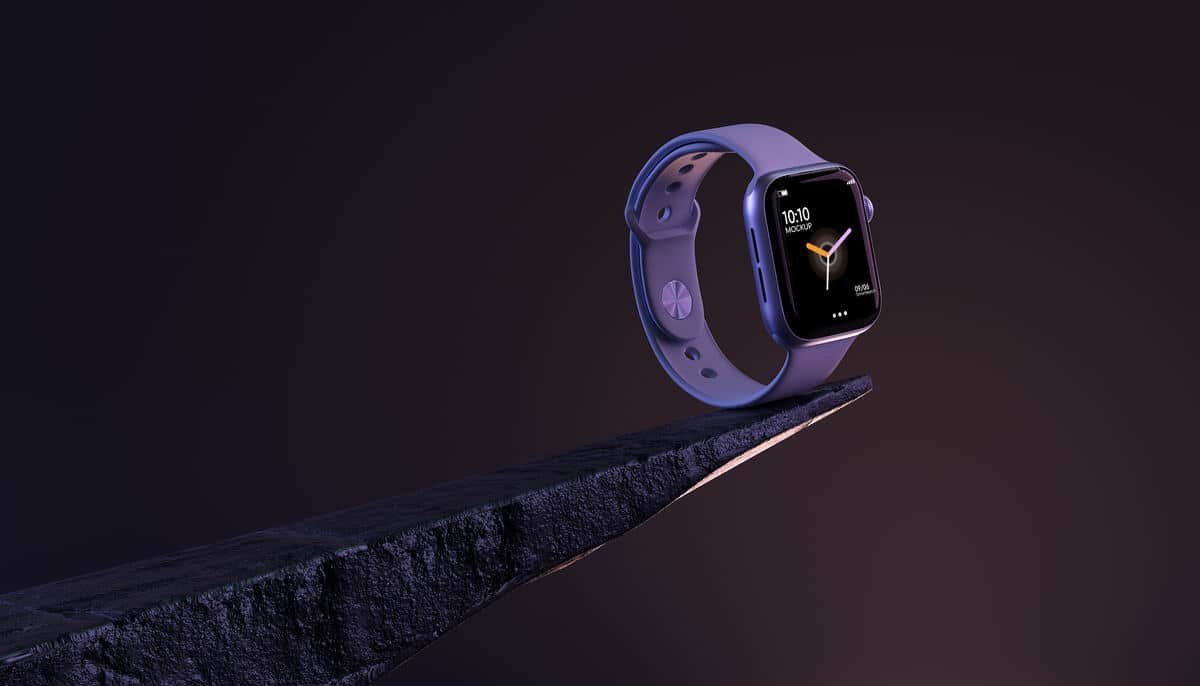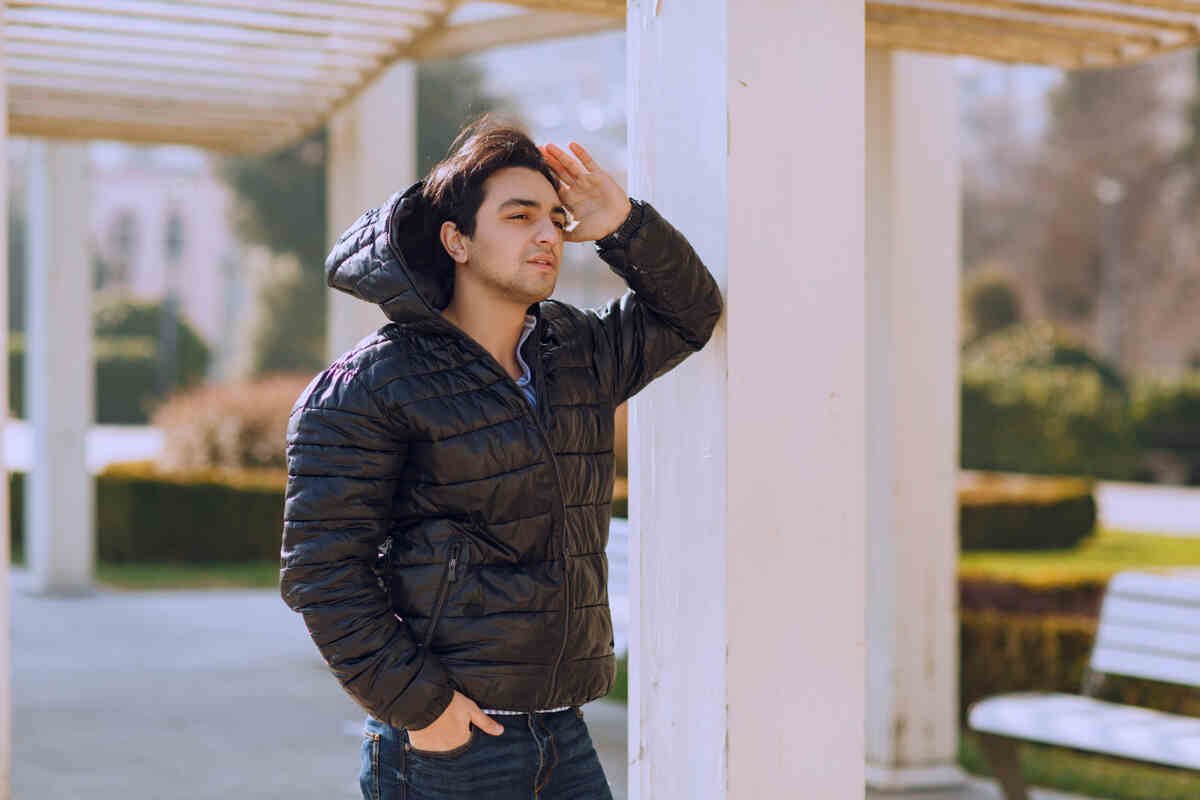New York Fashion Week: A Celebration of Style and Creativity
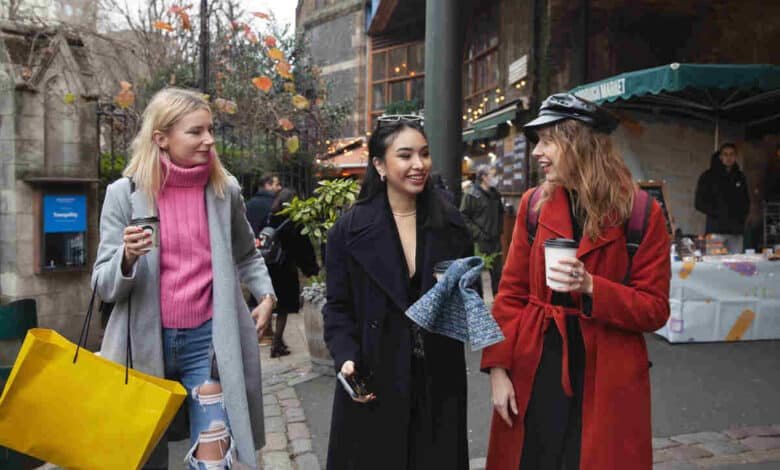
New York Fashion Week (NYFW) stands as a beacon of innovation and creativity in the fashion world. Captivating audiences with its unique blend of glamour and sophistication. Since its inception, NYFW has evolved into a global phenomenon, showcasing the latest trends and designs from some of the world’s most renowned fashion houses. Let’s delve deeper into the essence of NYFW and uncover what makes it a must-attend event for fashion enthusiasts worldwide.
1. Introduction to New York Fashion Week (NYFW)

New York Fashion Week (NYFW) is a prestigious bi-annual event held in the heart of New York City. Serving as a beacon of creativity and innovation in the fashion industry. It is a highly anticipated occasion that brings together designers, models, fashion enthusiasts, and media from around the world to celebrate the artistry and craftsmanship of haute couture.
NYFW showcases the latest collections from both established luxury brands and emerging designers. Offering a platform for them to present their vision to a global audience. The event not only sets the tone for upcoming fashion trends but also provides invaluable networking opportunities for industry professionals.
With its rich history dating back to the early 1940s, NYFW has evolved into a cultural phenomenon. Influencing not only the fashion landscape but also broader societal trends. From iconic runway shows to exclusive parties and presentations. NYFW encapsulates the spirit of creativity, diversity, and inclusivity that defines the fashion world.
As one of the premier events on the fashion calendar, NYFW continues to push boundaries and redefine the standards of beauty and style. Making it a must-attend affair for anyone passionate about fashion and design.
2. Historical Background and Evolution of NYFW
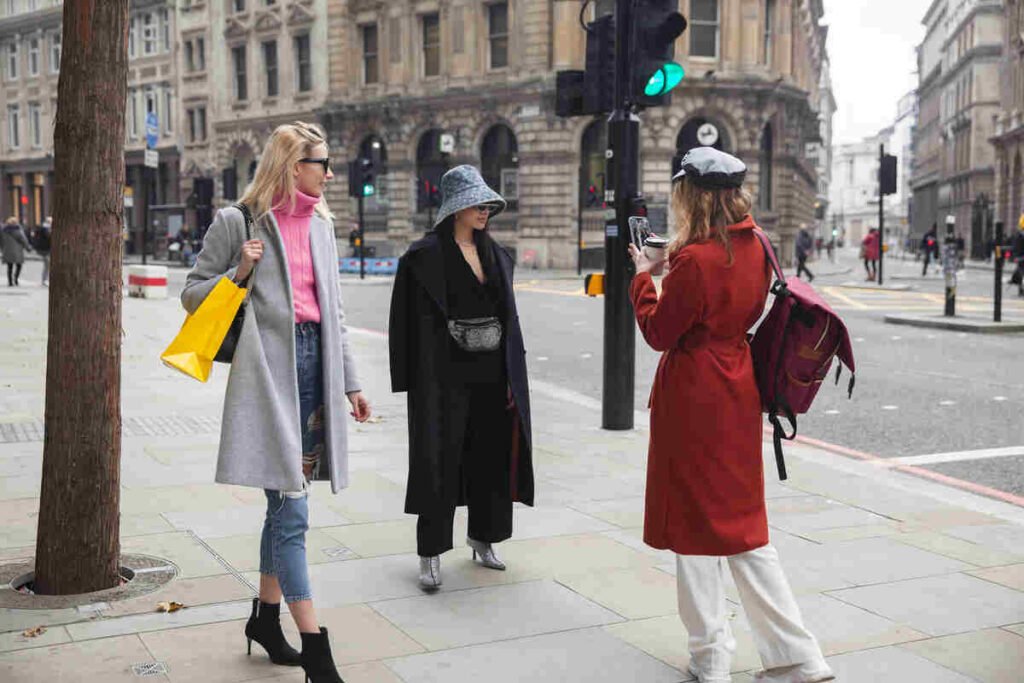
New York Fashion Week (NYFW) has a rich and storied history that dates back to the early 1940s. Originally known as “Press Week,” the event was conceived by fashion publicist Eleanor Lambert as a means to showcase American designers and bolster the country’s fashion industry during World War II.
The inaugural NYFW took place in 1943, with a series of small-scale fashion shows held in New York City’s hotel venues. Despite the challenges posed by wartime restrictions, the event garnered attention from both domestic and international media. Laying the groundwork for its future success.
Throughout the decades, NYFW underwent significant transformations, reflecting the changing dynamics of the fashion industry and broader societal trends. In the 1950s and 1960s, the event expanded in scope and scale, with designers such as Oscar de la Renta and Bill Blass emerging as key figures in American fashion.
By the 1970s, NYFW had evolved into a major cultural event, attracting top designers and celebrities from around the world. The introduction of iconic venues like Bryant Park as the official location for runway shows further solidified NYFW’s status as a global fashion capital.
3. Significance and Impact of NYFW on the Fashion Industry

NYFW plays a crucial role in shaping the global fashion landscape, serving as a breeding ground for emerging talent and established designers alike. It not only influences consumer preferences but also sets the standard for fashion innovation and creativity.
New York Fashion Week (NYFW) holds immense significance within the fashion industry, serving as a pivotal event that shapes trends, influences consumer behavior, and drives innovation. Its impact extends far beyond the confines of the runway, leaving a lasting impression on the global fashion landscape.
One of the most significant aspects of NYFW is its role in setting the tone for upcoming fashion trends. Designers use the platform to debut their latest collections, showcasing cutting-edge designs, innovative techniques, and forward-thinking concepts. These presentations often serve as a barometer for the season’s key trends, informing the decisions of retailers, stylists, and fashion enthusiasts worldwide.
Moreover, NYFW serves as a hub for industry networking and collaboration, bringing together designers, models, buyers, journalists, and influencers from around the globe. The event provides a fertile ground for creative exchange, fostering partnerships and connections that drive the industry forward.
4. The Glitz and Glamour of NYFW
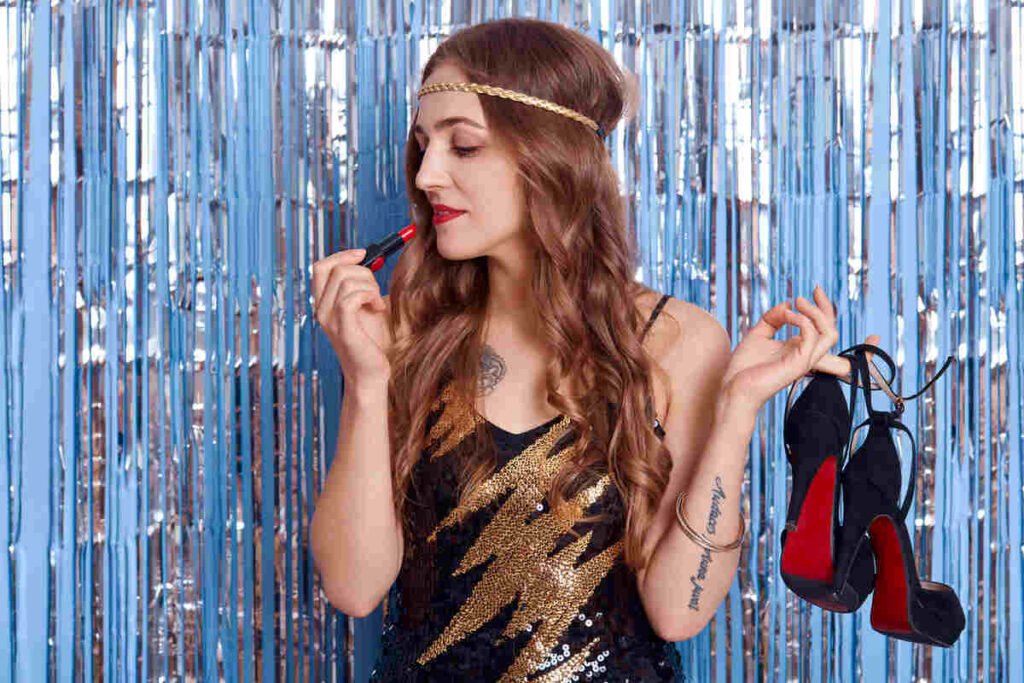
New York Fashion Week (NYFW) is synonymous with glitz and glamour, attracting fashion enthusiasts, celebrities, and industry insiders to the city’s bustling streets in a whirlwind of style and sophistication. From iconic runway shows to exclusive after-parties. NYFW exudes an air of excitement and anticipation that sets it apart as one of the most glamorous events on the fashion calendar.
At the heart of NYFW are the runway shows, where designers unveil their latest collections in a spectacle of creativity and innovation. Models strut down the catwalk in exquisite garments, showcasing the designer’s vision with grace and poise. The atmosphere is electric as photographers clamor to capture every moment. While fashion editors and buyers take note of the season’s standout looks.
Beyond the runway, NYFW is a celebration of style in all its forms. The city becomes a playground for fashionistas, bloggers, and influencers, who showcase their own unique sense of style through street style photography and social media. Sidewalks transform into impromptu fashion runways, with trendsetters vying for attention in eye-catching ensembles.
NYFW is also synonymous with exclusive parties and events, where celebrities and VIP guests mingle with designers and industry insiders. These gatherings offer a glimpse into the glamorous world of high fashion, with champagne flowing and music pulsating as guests dance the night away in celebration of style and creativity.
5. Overview of NYFW Events and Shows
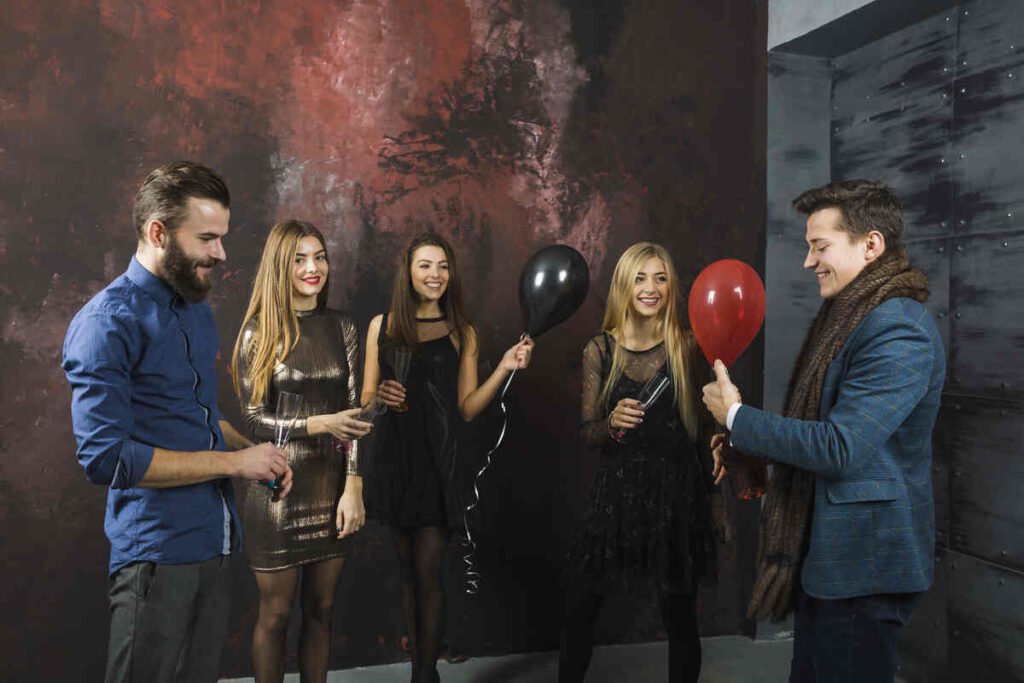
New York Fashion Week (NYFW) is a bustling extravaganza that encompasses a wide array of events and shows, each offering a unique perspective on the world of fashion. From glamorous runway presentations to intimate showroom viewings. NYFW caters to a diverse audience of fashion enthusiasts, industry insiders, and media professionals.
One of the most anticipated aspects of NYFW is the runway shows. Where designers unveil their latest collections in a spectacular display of creativity and craftsmanship. These shows take place at various iconic venues across the city. Ranging from grand ballrooms to industrial warehouses, each providing a distinct backdrop for the designer’s vision.
In addition to traditional runway shows, NYFW also features presentations, where designers opt for a more intimate setting to showcase their collections. These presentations allow attendees to get up close and personal with the garments, appreciating the intricate details and craftsmanship firsthand.
6. Notable Designers and Brands Showcasing at NYFW

New York Fashion Week (NYFW) is renowned for attracting some of the most prestigious designers and sought-after brands from around the world. Each season, the event serves as a platform for these fashion powerhouses to showcase their latest collections and make a statement on the global stage.
Among the notable designers showcasing at NYFW are household names such as Ralph Lauren, Calvin Klein, and Marc Jacobs. These iconic American brands have long been synonymous with luxury and sophistication, and their runway shows are always among the most highly anticipated events of the week.
In addition to established brands, NYFW also spotlights emerging talent and up-and-coming designers who are pushing the boundaries of creativity and innovation. Labels like Proenza Schouler, Rodarte, and Alexander Wang have gained international acclaim for their bold designs and avant-garde aesthetics. Making them must-see shows for fashion insiders and enthusiasts alike.
7. Fashion Trends and Themes at NYFW

New York Fashion Week (NYFW) serves as a trendsetting platform where designers unveil the latest fashion trends and themes that will dominate the upcoming seasons. From innovative silhouettes to bold color palettes. NYFW offers a glimpse into the future of fashion and sets the tone for the industry worldwide.
One prominent trend seen at NYFW is the revival of retro styles and vintage-inspired looks. Designers often draw inspiration from past decades, reinterpreting classic silhouettes and motifs with a modern twist. From 1970s bohemian chic to 1990s minimalism, retro aesthetics continue to influence contemporary fashion at NYFW.
Another recurring theme at NYFW is the celebration of diversity and inclusivity in fashion. Designers are increasingly embracing models of all ages, sizes, and ethnicities, reflecting a more inclusive vision of beauty and style. This commitment to diversity is evident both on the runway and behind the scenes, with diverse casting and representation becoming standard practice at NYFW.
8. Behind the Scenes of NYFW

While the glamour and excitement of New York Fashion Week (NYFW) are on full display during the runway shows and events, much of the magic happens behind the scenes. Behind the scenes of NYFW is a whirlwind of activity. Where designers, models, stylists, and production teams work tirelessly to bring the vision to life.
Months of meticulous planning and preparation precede each edition of NYFW, with designers conceptualizing their collections, sourcing materials, and finalizing designs. From selecting fabrics to creating samples, every detail is carefully considered to ensure a flawless presentation on the runway.
As the event draws near, the pace quickens, and the energy behind the scenes of NYFW becomes palpable. Designers put the finishing touches on their collections, collaborating with patternmakers, seamstresses, and artisans to bring their vision to fruition. Meanwhile, production teams coordinate logistics, securing venues, hiring staff, and managing schedules to ensure that everything runs smoothly during the event.
9. Role of Models, Makeup Artists, and Stylists
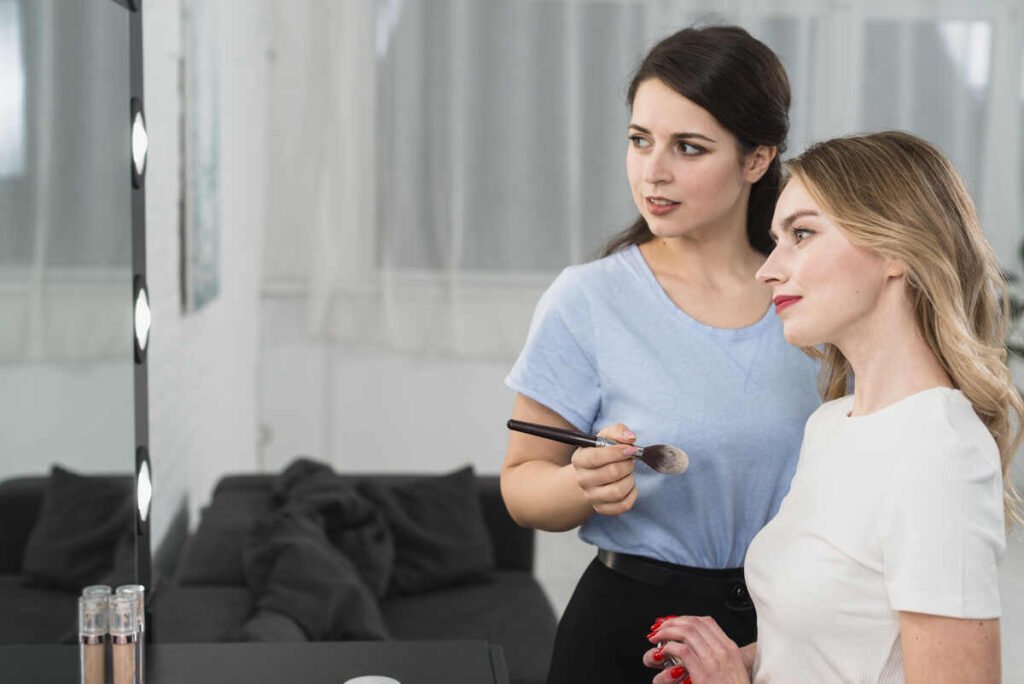
The synergy between models, makeup artists, and stylists forms the backbone of the mesmerizing spectacle that is New York Fashion Week (NYFW). Models serve as the living embodiments of designers’ creations. Breathing life into each garment with their poise and presence on the runway.
Meanwhile, makeup artists wield their brushes and palettes to sculpt and enhance the models’ features. Adding depth and dimension to their looks while aligning with the overarching aesthetic of the collection. Alongside, stylists curate the ensembles, meticulously selecting garments and accessories that seamlessly fuse with the designer’s vision. Ensuring every detail contributes to the cohesive narrative presented on the catwalk. Together, these creative forces collaborate harmoniously, transforming concepts into captivating visual stories that captivate audiences and leave an indelible mark on the world of fashion.
10. Fashion Week Venues and Logistics

New York Fashion Week (NYFW) is not just about showcasing the latest trends and designs; it’s also about creating unforgettable experiences in iconic venues across the city. From grand ballrooms to industrial warehouses. NYFW venues serve as the backdrop for the creativity and innovation that define the event.
Logistics play a crucial role in ensuring that NYFW runs smoothly. Months of planning and coordination go into securing venues, scheduling shows. And managing the logistics of transporting garments, models, and equipment. Production teams work tirelessly behind the scenes to ensure that everything is in place for each show. From lighting and sound to seating arrangements and backstage facilities.
Fashion Week venues are carefully chosen to reflect the aesthetic and vibe of each designer’s collection. Some designers opt for traditional venues like hotels or event spaces, while others seek out more unconventional locations to create a unique atmosphere for their shows. Regardless of the venue, each space is transformed into a runway worthy of the world’s attention.
11. The Influence of NYFW Beyond Fashion

The impact of New York Fashion Week (NYFW) transcends the confines of the fashion industry, extending its reach into broader social, cultural, and economic spheres. Beyond showcasing the latest trends and designs. NYFW serves as a catalyst for innovation, inspiration, and transformation across various aspects of society.
Economically, NYFW generates millions of dollars in revenue for the city of New York, boosting tourism. Driving retail sales, and supporting local businesses. The influx of designers, models, media professionals, and fashion enthusiasts from around the world creates a ripple effect that stimulates economic activity and fosters growth in related industries such as hospitality, transportation, and retail.
Moreover, NYFW plays a pivotal role in shaping perceptions of beauty, style, and identity on a global scale. By celebrating diversity, inclusivity, and individuality on the runway. NYFW challenges traditional norms and stereotypes within the fashion industry and beyond. It promotes a more inclusive and representative vision of beauty. Empowering individuals of all backgrounds to express themselves authentically through fashion.
12. Economic Impact and Tourism Boost

New York Fashion Week (NYFW) is not only a showcase of style and creativity but also a significant economic driver for the city of New York. The event generates substantial revenue and stimulates economic activity across various sectors, contributing to the city’s economy in multiple ways.
Firstly, NYFW attracts a massive influx of visitors from around the world, including designers, models, fashion editors, buyers, and enthusiasts. These visitors contribute to the city’s tourism industry by booking accommodations, dining at restaurant. Shopping at retail stores, and exploring attractions during their stay. The demand for hotel rooms and dining experiences spikes during NYFW. Leading to increased revenue for hotels, restaurants, and other hospitality businesses.
Additionally, NYFW creates opportunities for local businesses to capitalize on the event’s popularity by hosting special events, promotions, and collaborations. Retailers may launch exclusive collections or pop-up shops to coincide with NYFW, attracting shoppers eager to experience the excitement of the event firsthand. Similarly, restaurants and bars may offer themed menus or host fashion-related events to cater to the influx of visitors.
13. Conclusion
In conclusion, New York Fashion Week is more than just a showcase of style and creativity—it’s a celebration of innovation, diversity, and the enduring spirit of the fashion industry. As NYFW continues to evolve and adapt to changing trends and values. Will undoubtedly shape the future of fashion for generations to come.




